A garden bathed in moonlight is an enchanting sight, and when thoughtfully designed, it can offer serenity, romance, and magic long after the sun has set. One of the best ways to make your night garden come alive is by choosing plants that reflect moonlight beautifully. These plants not only thrive in partial to full moonlight but also showcase silvery, white, or pale-colored foliage and flowers that glow ethereally in the dark. In this article, we’ll explore the science behind moonlight reflection, plant characteristics that enhance nighttime beauty, and a curated list of ideal moonlight-reflecting plants along with garden design tips.
Why Plants That Reflect Moonlight Matter
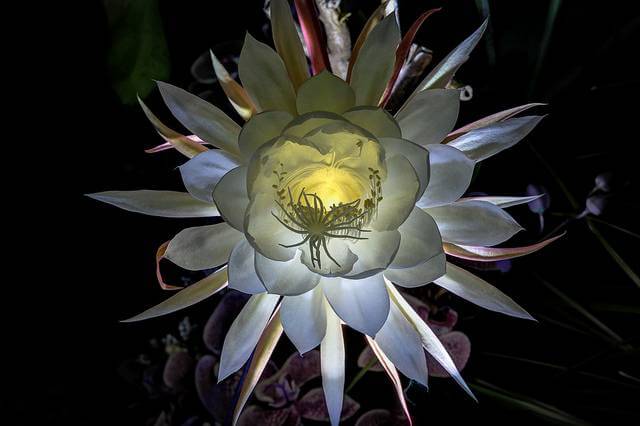
Moonlight gardens, also known as “moon gardens,” have been cultivated since ancient times to create calm and reflective spaces. The concept is simple: select plants that are visible at night because of their color, texture, or luminescent quality.
Key Benefits of Moonlight-Reflective Plants:
- Visual Appeal After Sunset: They make your garden enjoyable during the evening hours.
- Aromatic Experience: Many of these plants are also fragrant at night, enhancing sensory relaxation.
- Pollinator Support: Night-blooming and light-colored flowers attract nocturnal pollinators like moths and bats.
- Low-Light Highlighting: They complement landscape lighting without the need for excessive illumination.
Plant Features That Reflect Moonlight
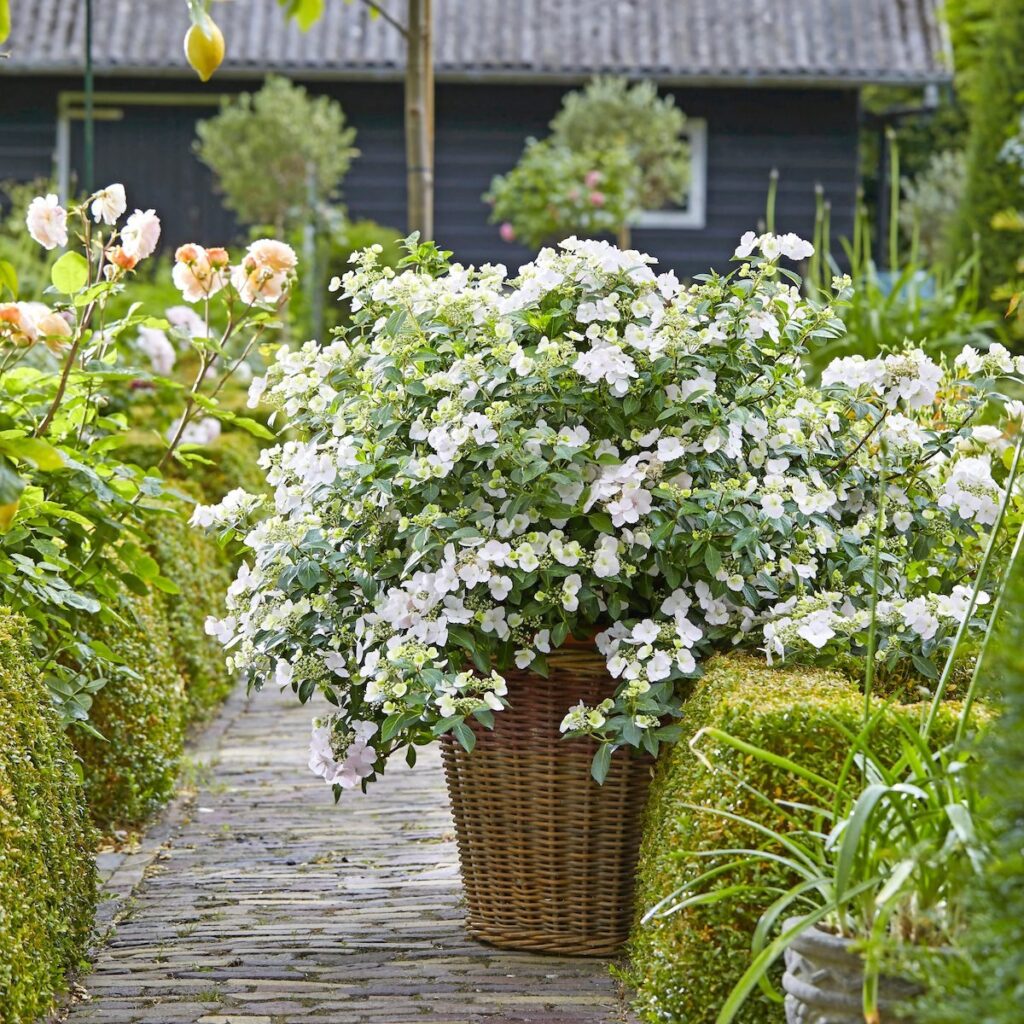
To effectively reflect moonlight, certain plant traits are particularly useful. These include:
- White or Light-Colored Blooms: Pale hues stand out in low light.
- Silvery or Gray Foliage: These leaves have reflective surfaces that shimmer under moonlight.
- Glossy or Textured Surfaces: Shiny leaves bounce light, while fuzzy textures catch dew and light beautifully.
- Vertical or Upright Form: Plants with a vertical habit are more likely to catch the moon’s rays.
- Fragrant Flowers: While not reflective, they enhance the experience of moonlight gardens.
Top Plants That Reflect Moonlight Beautifully
Here’s a carefully selected list of moonlight-reflective plants for various garden conditions and styles:
1. Lamb’s Ear (Stachys byzantina)
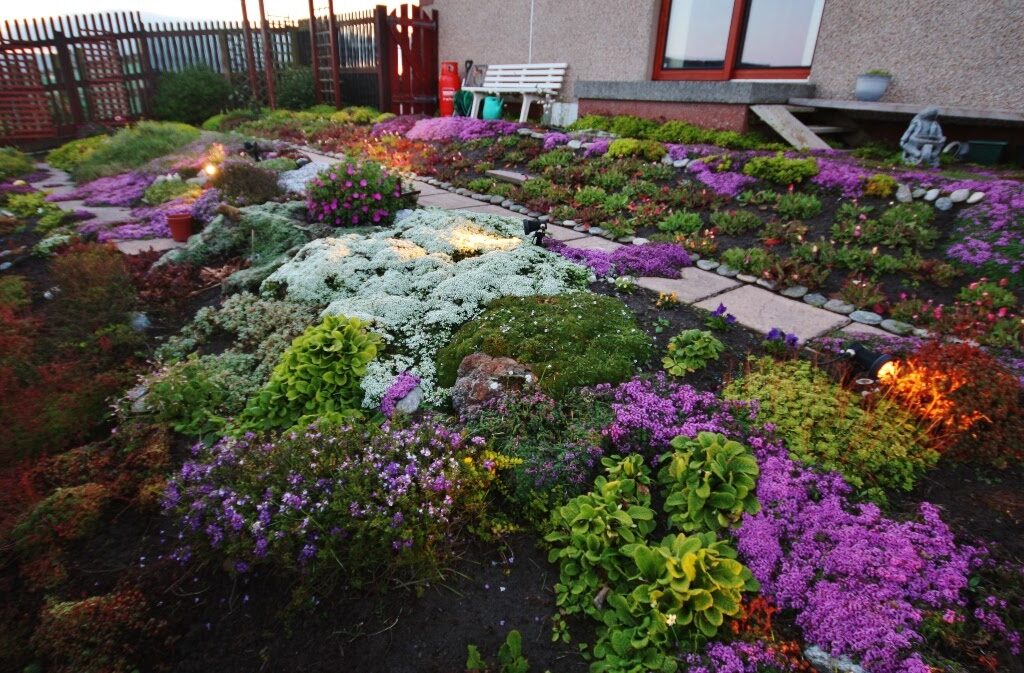
- Type: Perennial
- Zones: 4–8
- Why it Reflects: Velvety silver foliage that glows under the moonlight
- Best Use: Ground cover or edging plant
Its soft, fuzzy texture creates a silvery sheen that’s eye-catching in the dark. Ideal for borders, pathways, or underplanting.
2. Dusty Miller (Senecio cineraria)
- Type: Annual or tender perennial
- Zones: 7–10
- Why it Reflects: Lacy, silver-gray foliage
- Best Use: Accent in mixed containers or flower beds
Dusty Miller offers a strong contrast in both color and texture and keeps its bright tone throughout the growing season.
3. Moonflower (Ipomoea alba)
- Type: Climbing vine
- Zones: 9–11 (can be grown as annual elsewhere)
- Why it Reflects: Large white flowers that bloom at night
- Best Use: Trellises, pergolas, or fences
Moonflowers open in the evening and give off a gentle fragrance, making them the perfect star of any moon garden.
4. Evening Primrose (Oenothera biennis)
- Type: Biennial or perennial
- Zones: 4–9
- Why it Reflects: Pale yellow to white blooms that open at night
- Best Use: Cottage gardens or wildflower patches
Its softly glowing flowers attract moths and blend well with other night bloomers.
5. White Gaura (Gaura lindheimeri)
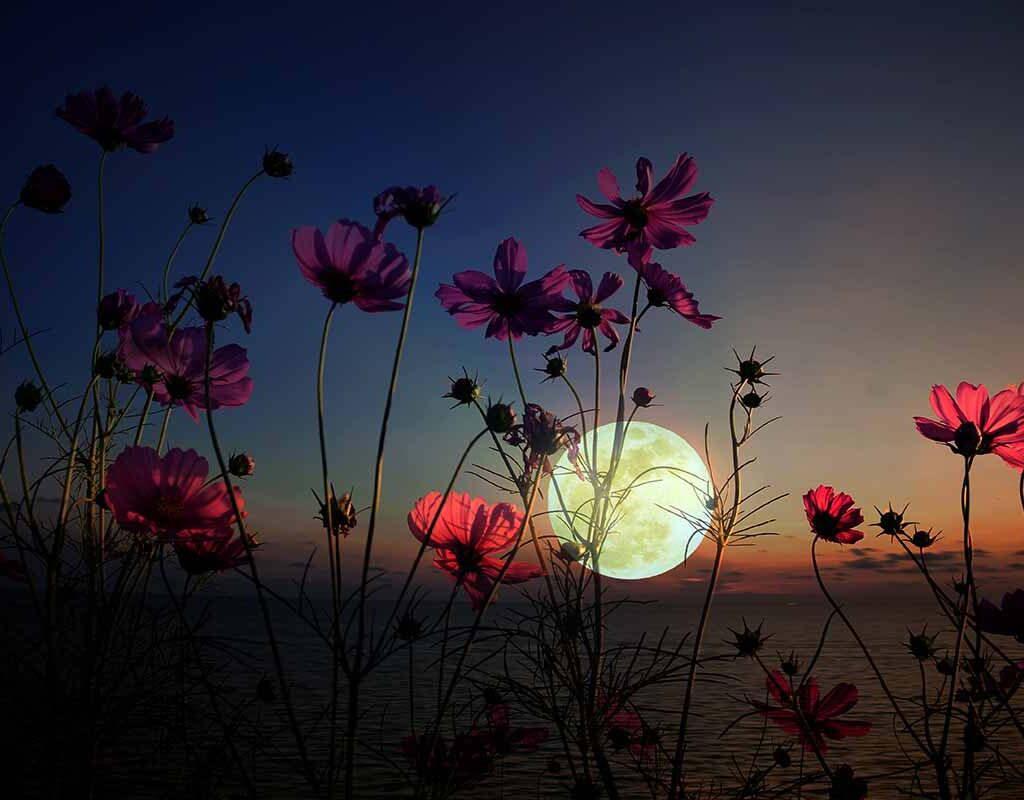
- Type: Perennial
- Zones: 5–9
- Why it Reflects: Delicate white flowers that flutter like butterflies
- Best Use: Meadow-style gardens or along paths
The white blooms look almost suspended in air during moonlit evenings, adding motion and grace.
6. Silver Artemisia (Artemisia ‘Powis Castle’)
- Type: Perennial
- Zones: 5–9
- Why it Reflects: Finely cut, silvery foliage
- Best Use: Mass plantings or as a contrast with dark-leaved plants
Artemisia’s fine foliage captures and reflects even the faintest light, bringing elegance to nighttime scenes.
7. White Bleeding Heart (Dicentra spectabilis ‘Alba’)
- Type: Perennial
- Zones: 3–9
- Why it Reflects: Drooping heart-shaped white blooms
- Best Use: Shaded moon gardens
Perfect for dappled evening light in woodland-style gardens. The blossoms appear to glow from within.
8. Nicotiana (Nicotiana alata)
- Type: Annual or tender perennial
- Zones: 10–11
- Why it Reflects: White or pale green flowers that open at dusk
- Best Use: Containers or near seating areas
Their sweet scent attracts pollinators and people alike in the evening hours.
9. White Tulips and Daffodils
- Type: Spring-flowering bulbs
- Zones: 3–8
- Why they Reflect: Petals reflect soft white light during early evenings
- Best Use: Seasonal highlights in moon gardens
Plant them in clusters for maximum reflective impact in spring.
10. Japanese Forest Grass (Hakonechloa macra ‘Aureola’)
- Type: Perennial grass
- Zones: 5–9
- Why it Reflects: Yellow-green striped leaves shimmer in moonlight
- Best Use: Shade garden accents or borders
The grass’s arching habit and sheen offer graceful movement and light play.
Design Tips for a Moonlight Garden
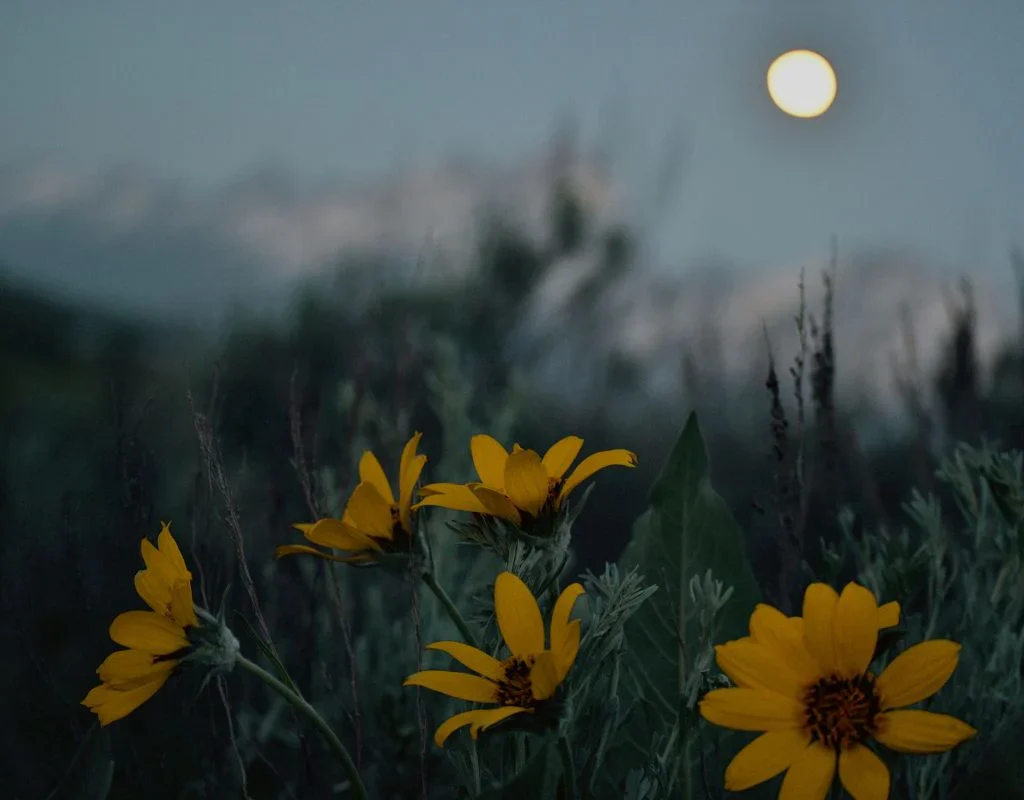
Choosing the right plants is just one part of the equation. To truly maximize the moonlight magic, you must plan your garden’s layout with care.
1. Use a Light Color Palette
- Stick to whites, silvers, soft yellows, and light blues.
- Mix foliage and flower tones for depth.
2. Layer Plants by Height
- Use low-growing reflectors like Lamb’s Ear in front.
- Place mid-height options like Gaura or Nicotiana behind.
- Add vertical interest with Moonflowers or trellised vines.
3. Include Water Features
- Ponds or fountains reflect moonlight and enhance serenity.
- Surround water with reflective plants for extra glow.
4. Incorporate Pathways and Seating
- Gravel or light-toned stone pathways reflect light.
- Add benches or hammocks where the moonlight pools.
5. Subtle Lighting
- Use soft, low-voltage or solar garden lights to complement moonlight—not overpower it.
- Lanterns or fairy lights add ambiance.
Caring for Moonlight-Reflective Plants
While many of these plants are low-maintenance, a few care tips ensure they thrive:
- Soil: Most prefer well-drained soil; amend with compost if needed.
- Water: Regular watering, especially during establishment, helps with leaf and bloom health.
- Deadheading: Remove spent blooms to encourage prolonged flowering.
- Pruning: Trim back perennials in late winter or early spring.
- Mulching: Reflective white or light gravel mulch enhances both plant health and visual glow.
Conclusion
Creating a moonlight-reflective garden is a unique way to transform your outdoor space into an after-dark haven of calm and beauty. Whether you have a sprawling yard or a small balcony, selecting plants that reflect moonlight beautifully can make your evenings magical. With the right mix of silvery foliage, pale flowers, and thoughtful design, your garden can become a luminous escape that’s just as captivating at night as it is by day.

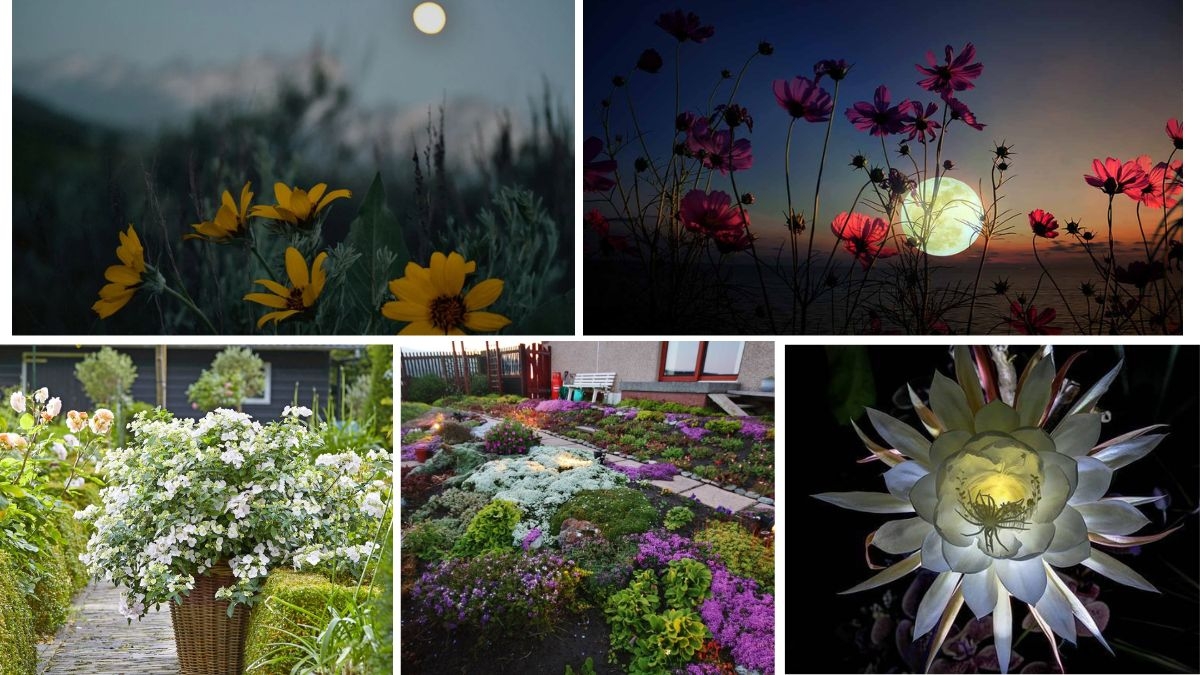



Leave A Comment